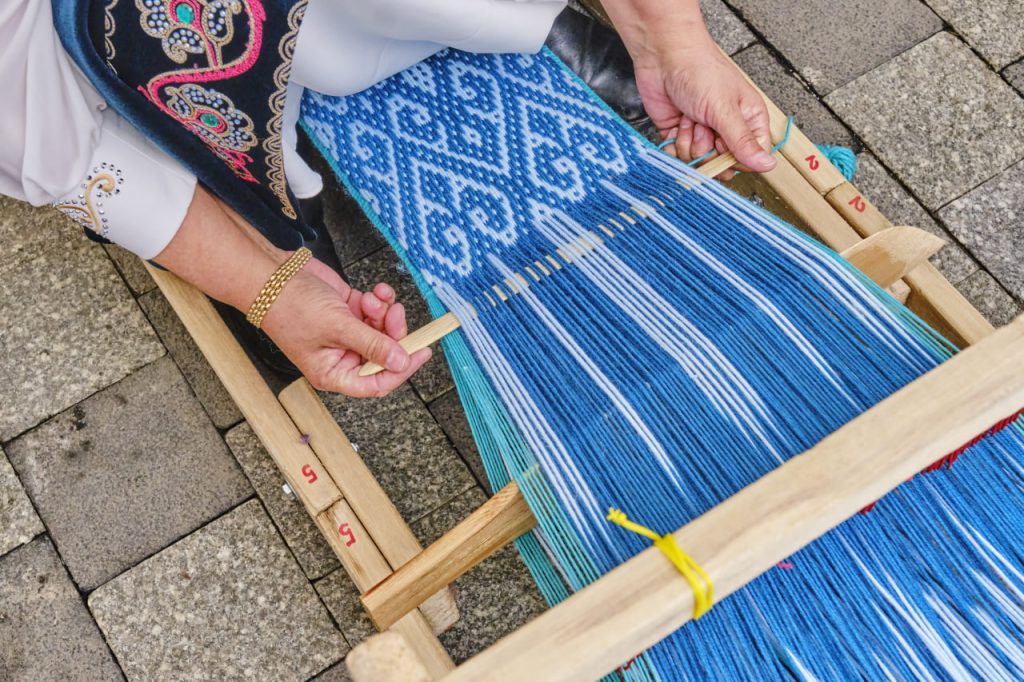In an era of mass production and digital everything, the intricate art of traditional weaving stands as a living archive — preserving the identity, values, and artistry of cultures around the world. From the Andes to Southeast Asia, from the Sahara to Scandinavia, weaving is far more than craft — it’s cultural memory woven into every fiber.
Weaving as a Storytelling Tool
For centuries, patterns and textiles have served as a visual language. In many cultures, each motif tells a story — of birth and marriage, of war and peace, of gods and ancestors. Geometric shapes, colors, and weaving techniques carry specific meanings and historical references.
In the Navajo tradition, for example, diamond and zigzag patterns might represent protection or the mountains of the homeland. In West African Kente cloth, each color and block pattern is rich with symbolism — gold for wealth, blue for harmony, green for life.
By learning these techniques and understanding their origins, students don’t just create textiles — they become part of a centuries-old conversation.
Guardians of Tradition
Traditional weavers are cultural custodians. They pass down skills through generations — often orally or by demonstration — preserving not just the how, but the why behind the work. Every thread chosen, every loom warped, is part of a larger social and spiritual framework.
But many of these traditions are under threat. With younger generations turning to modern lifestyles and industrial textiles dominating global markets, traditional weaving risks being lost to time. That’s why education and engagement are essential.
At Traditional Weaving Class, we partner with artisans and cultural experts to ensure that students learn with respect and authenticity. We highlight the origins and meanings behind each technique we teach — honoring the weavers who came before us.
A Global Fabric
Weaving connects cultures across continents. Though the tools and designs may differ, the shared values — patience, dedication, creativity — remain universal. Learning to weave is learning to listen to history. It’s joining a global network of artisans who have been shaping culture through craft for thousands of years.
And every time you sit at a loom, you’re not just weaving fabric — you’re helping preserve a heritage that belongs to all of us.

